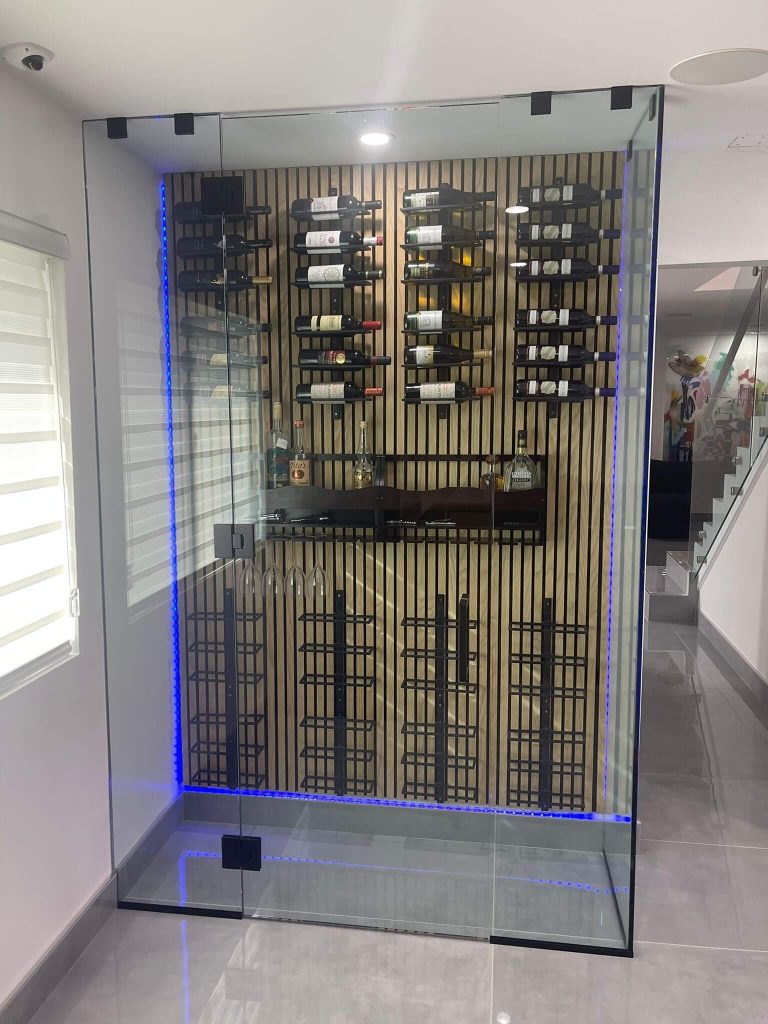When it comes to enhancing the sound quality in your home or studio, DIY acoustic panels offer an affordable and customizable solution. Understanding their safety, benefits, and considerations is essential for any DIY enthusiast. This comprehensive guide explains everything you need to know to create and use DIY acoustic panels safely and effectively.
What Are DIY Acoustic Panels?
DIY acoustic panels are sound-absorbing structures made from materials that reduce echo and improve acoustics within a room. These panels are popular among homeowners, content creators, and musicians looking for cost-effective sound solutions. The main elements of a DIY acoustic panel include:
- Wooden frames: These provide structural support.
- Sound-absorbing materials: Typically made from foam, fabric, or specialized insulation.
- Fabric covers: Ensures a neat finish and enhances the aesthetic appeal.
DIY acoustic panels can vary in size and thickness, depending on the intended use and the acoustic requirements of the space.
Why Choose DIY Acoustic Panels?
The choice to create DIY acoustic panels is appealing for several reasons:
- Customization: You can design panels that match your space’s aesthetic.
- Affordability: DIY solutions are often more budget-friendly than purchasing pre-made panels.
- Learning experience: Building these panels can be educational, offering a hands-on project that teaches essential skills.
Key Benefits of DIY Acoustic Panels
- Cost Savings: Building panels yourself can be significantly cheaper than purchasing pre-made options.
- Flexibility: Customize shapes, colors, and sizes based on specific room needs.
- Sound Quality Improvement: Reduces noise pollution and enhances audio clarity.
Safety Considerations When Building DIY Acoustic Panels
Ensuring safety when constructing DIY acoustic panels is paramount. Below are essential considerations:
1. Material Selection
Choosing the right materials impacts both performance and safety. Opt for materials that are:
- Fire-resistant: Look for flame-retardant acoustic foam or fiberglass.
- Non-toxic: Verify that any insulation used is free from harmful chemicals like formaldehyde.
2. Proper Ventilation
If using spray adhesives or paints, ensure you are in a well-ventilated area to prevent inhaling harmful fumes. Always follow the manufacturer’s safety instructions and wear appropriate protective gear, such as:
- Masks: To avoid inhaling particles or fumes.
- Gloves: To protect your skin from irritants.
3. Secure Installation
Ensure that your DIY acoustic panels are securely mounted. Loose panels can pose a safety risk, especially in busy or high-traffic areas. Use proper mounting tools and follow these steps:
- Locate wall studs for a secure attachment.
- Use heavy-duty brackets or strong adhesive strips.
- Double-check that the panel is level and stable.
Step-by-Step Guide to Building Safe DIY Acoustic Panels
Follow these simple steps to build your own acoustic panels safely:
Step 1: Gather Materials
- Wooden frames (cut to desired size)
- Acoustic foam or fiberglass
- Fire-retardant fabric
- Staple gun and staples
- Protective gloves and mask
Step 2: Construct the Frame
- Assemble the wooden frame using screws or brackets for stability.
- Ensure the frame corners are secure to prevent warping over time.
Step 3: Add Insulation
- Place the sound-absorbing material inside the frame.
- Attach the material securely using a staple gun.
Step 4: Cover with Fabric
- Lay the fabric over the front of the panel.
- Staple the fabric tightly to the frame, ensuring there are no loose edges.
Step 5: Install the Panels
- Mount the panels on your chosen wall using brackets or adhesive strips.
- Verify that each panel is securely attached and level.
Common Safety Mistakes to Avoid
While making DIY acoustic panels can be simple, it’s easy to overlook some safety measures. Here’s what to avoid:
- Skipping Personal Protective Equipment (PPE): Always wear gloves, masks, and safety glasses when handling insulation or using adhesive sprays.
- Using Non-Fire-Resistant Materials: Never cut costs by choosing materials that aren’t flame-retardant.
- Improper Mounting: A poorly secured panel can fall and cause damage or injury.
Understanding DIY Acoustic Panels
Material Safety Comparison Table
| Material Type | Fire Resistance | Toxicity Level | Recommended? |
|---|---|---|---|
| Acoustic Foam | High | Low | Yes |
| Fiberglass Insulation | High | Low (when sealed) | Yes |
| Fabric (non-flammable) | Medium | Low | Yes |
| Cheap Fabrics | Low | High | No |
Step-by-Step Assembly Checklist
- Gather materials.
- Construct the wooden frame.
- Insert sound-absorbing material.
- Cover with fire-retardant fabric.
- Securely install on the wall.
FAQs About DIY Acoustic Panels
1. Are DIY acoustic panels safe for home use?
Yes, if built with non-toxic, fire-resistant materials and installed securely, they are safe for home use.
2. What materials should I avoid when making DIY acoustic panels?
Avoid materials that are flammable or contain harmful chemicals. Always choose flame-retardant and non-toxic components.
3. Do DIY acoustic panels work as well as commercial ones?
With proper construction and material choice, DIY panels can perform comparably to commercial ones in many residential settings.
4. How do I ensure my DIY acoustic panels are fire-safe?
Use fire-resistant materials such as specialized acoustic foam or fiberglass and cover them with flame-retardant fabric.
5. Can I remove and relocate my DIY acoustic panels?
Yes, if they are mounted with brackets or removable adhesive, you can move them without damaging the walls.








